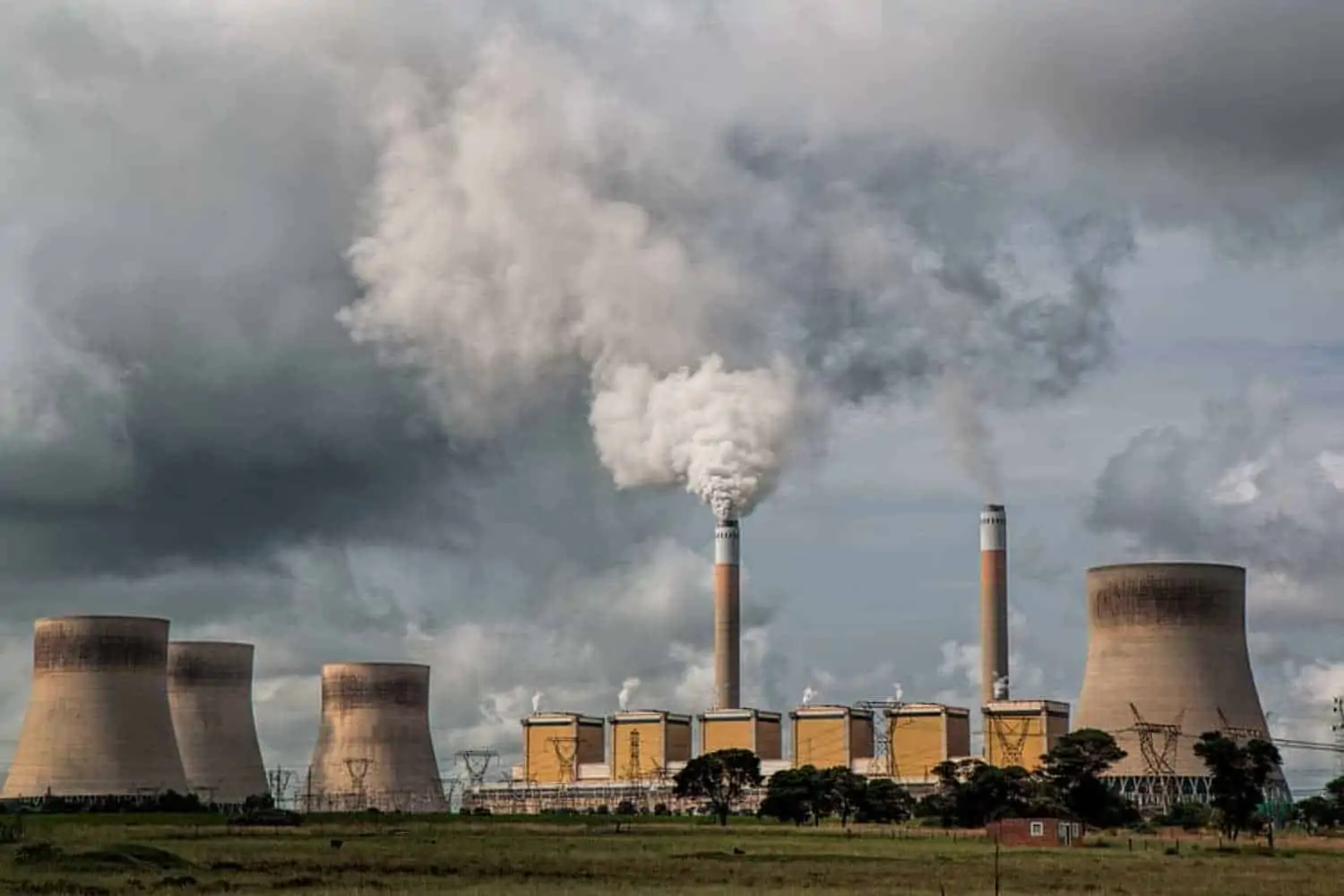Eskom led its annual ‘state of the system’ briefing on Monday and the picture painted was of great concern for the outlook of loadshedding.
Generation is Eskom’s biggest problem
Chief operating officer Jan Oberholzer led proceedings with cautious optimism, noting the national power supplier’s improvements in the last year along with the problems that persist.
On the good side, Eskom’s transmission and distribution divisions performed well. Oberholzer revealed that for the most part, outage frequency and duration was kept at a relatively low level compared to 2020, while on the transmission side, no major incidents were reported.
“Since April 2021, a total of 38 256 households have been connected to the grid, versus the target of 34 742 houses,” the utility said.
However, as far as positive outlooks go, that was where the buck stopped. High on Eskom’s list of problems is the utility’s generation capacity.
Oberholzer admitted that legacy issues were the prime cause of repeated failures and breakdowns in South Africa’s main power generation plants.
This year so far, South Africa’s has had a cumulative 32 days of loadshedding, 11 of which occurred in September alone.
“The Generation division has been characterised by unsatisfactory performance, with output from the power stations below target. This is caused by a faster deterioration in generation units that have not yet enjoyed the reliability maintenance,” Eskom revealed.
SA has 65% energy availability: What this means
Frankly put, South Africans ought to prepare for another 12 months of rotational power cuts. This, the national power supplier said, will largely be brought on by its increased reliability maintenance programme which it plans to accelerate in summer.
“Our objective is to is to achieve a reliable and sustainable generation plant, thereby reducing the risk and frequency of the occurrence of loadshedding. As such, Eskom will not compromise on reliability maintenance and mid-life refurbishment. However painful in the short-term, this maintenance we have to do in order to ensure future reliability,” Oberholzer noted.
The utility’s chief operating officer also revealed that energy capacity has declined to 65%, down by five percentage points from the previous year.
Much of this reduction, Oberholzer explained, was due to the planned maintenance that is set to take place this summer.
“We are aware that the increased maintenance does elevate the probability of loadshedding in the short-term, but this is necessary to improve the future performance of the generation fleet,” he said.
